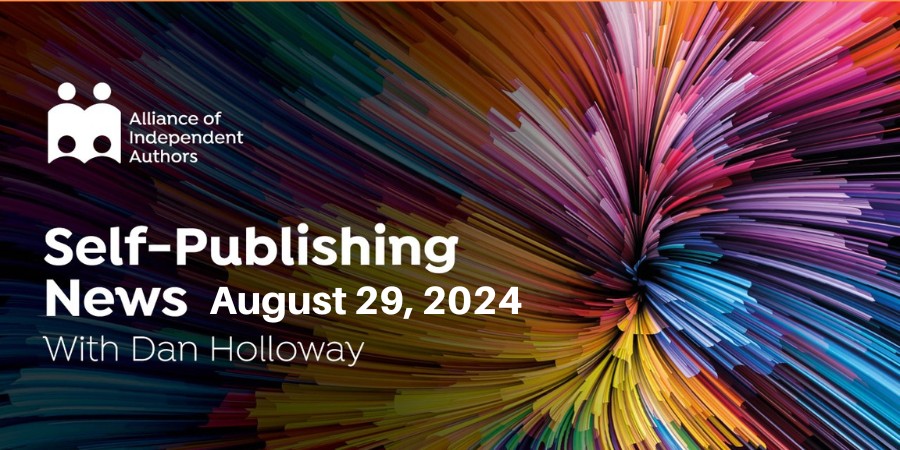In a world where algorithms are shaping our tastes more than ever, niche artists are facing a mix of exciting opportunities and tough challenges. As we rely more on technology to discover new music, books, and art, the question of how these unique creators can find and connect with their audiences is becoming more important than ever.
A Train Full of Swifties

ALLi News Editor, Dan Holloway
Over the past few weeks, I have been slowly sorting my father’s things in the house in Devon, where he spent many of his final years. It has involved a lot of traveling. Last week, I found myself on the train back from Exeter to Oxford. Its ultimate destination was London. And yes, you will be glad to know, now we are starting to get to the point of the story.
The vast train was filled to the brim with Taylor Swift fans making a pilgrimage to the record-breaking Wembley concerts that have filled much of the entertainment news. The conductor had decided that every announcement would be as stuffed as could be with lyrical nods to the artist, to the delight of everyone on board.
The Glastonbury Festival
It was the first time I had really witnessed the Swiftie phenomenon. But several stories in the week’s news directly referenced it, to great interest. The first was a write-up of this year’s Glastonbury festival, which noted that although there were more stages than ever, the crowds had been more concentrated than ever before around the biggest ones. The author of the piece noted that this felt like a natural result of algorithmic recommendations for entertainment.
TikTok Content Creators
 I have thoughts, but I will hold them until after the next story, about another major festival taking place on the last weekend in August, the Leeds/Reading Festival. This year, for the first time, the festival has a stage devoted not to musicians or performance poets but to TikTok content creators. And fans are loving it.
I have thoughts, but I will hold them until after the next story, about another major festival taking place on the last weekend in August, the Leeds/Reading Festival. This year, for the first time, the festival has a stage devoted not to musicians or performance poets but to TikTok content creators. And fans are loving it.
This lends credence to the notion that algorithmic recommendations, such as we find on platforms like TikTok and subscription services like Spotify, are concentrating attention. This is increasingly driving a backlash against social media as a way of finding our cultural recommendations. As this BBC article discusses, the impact of these concentrated tastes is becoming more evident in how we consume media.
The Algorithm’s Long Tail Effect
My thoughts are not to question that this is happening. After all, in one of the most infamous academic papers of the modern age (and before they became such large contributors to the phenomenon), Sergey Brin and Larry Page wrote that algorithmic search would create such attention concentrations and harm diversity of discovery. And that’s the point. This isn't new. It is what the long tail has always done.
The long tail, so optimistically misunderstood by many early indies, is the availability of everything for consumption at the click of a button. This doesn’t, as some say, mean that those with a tiny following can now make a living from their work being bought in this way. It does mean that large platforms can make everyone their customer.
Opportunity for Niche Artists
And the result in practice is a polarization that sees more and more consumers congregate around the things the algorithms pick up. In the end, there is a great opportunity for niche and artisan artists to cultivate fans who will loyally buy added-value items. But the algorithms won’t lead to their discovery, something that as self-publishers 3.0 we need to remember. And we also need to remember that, as has been the case for decades now, the real problem is the hollowing out of the “adequately successful middle” market.





I keep thinking we need a year end list of “The 100 Best Books You Missed Last Year By Reading Bestsellers Instead”
There are just so many wonderful stories being told that aren’t on anybody’s radar.
I wonder if it’s really any different now than when everybody only had 3 channels on TV. Everybody watched the same things at the same time every week. All that’s different now is the fragmentation in terms of channel, medium, and time. It’s not surprising that the consumers are simultaneously collecting in large number around a few points on one end of the spectrum while also joining smaller fandoms stretched out along the tail.
I mean, just because you’re a Swiftie doesn’t mean you can’t listen to Mary Spender or support Guitaro5000